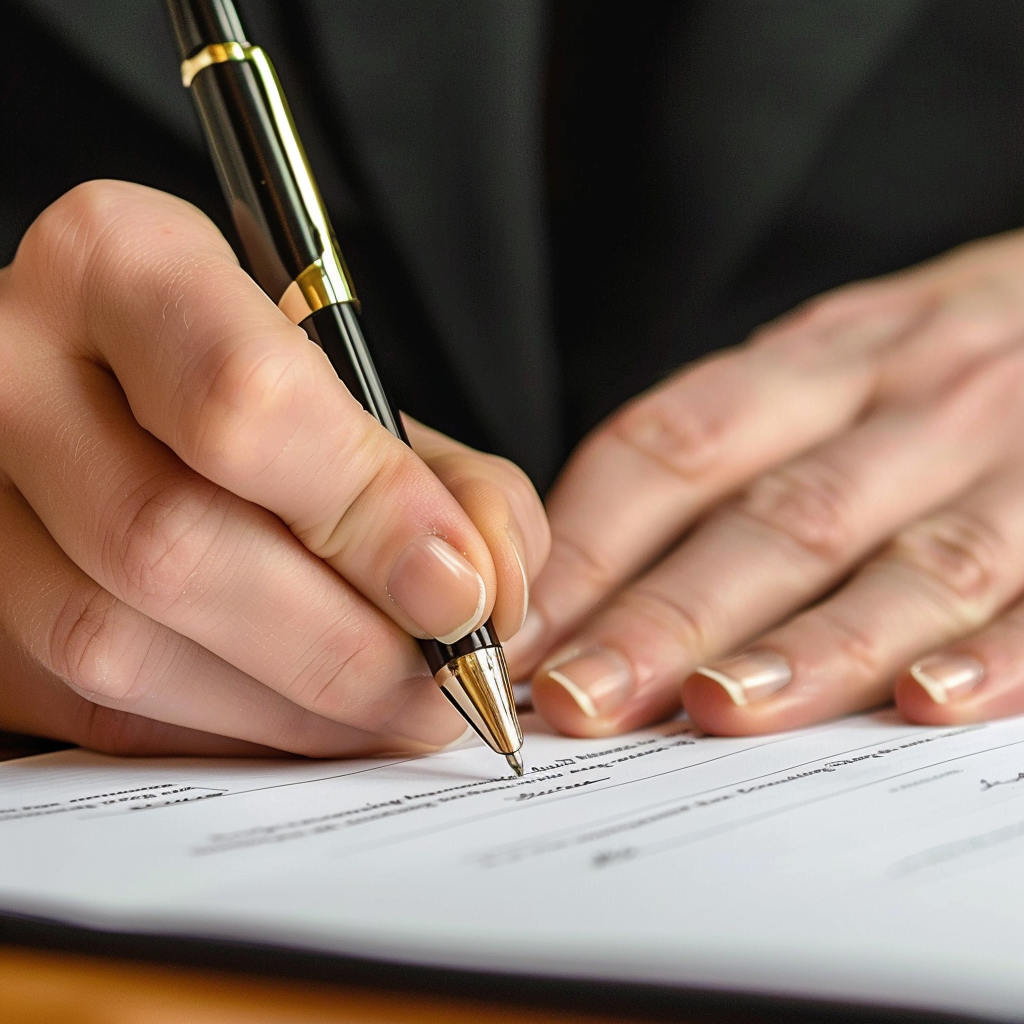For any landlord, the lease agreement is not merely a piece of paper; it’s the bedrock of a fruitful rental relationship. A meticulously drafted lease not only sets the stage for clear expectations but also safeguards the interests of both parties involved. So, how can you craft a lease agreement that’s both robust and comprehensive? Let’s delve into the details.
First and foremost, clarity takes the centre stage. The language of your lease should be simple and comprehensible, steering clear of complex legal terminologies. Every term and condition should be distinctly stated, leaving no room for misunderstandings. This includes specifics such as the duration of the tenancy, rent amount, payment deadlines, and any applicable late fees.
Secondly, the lease should distinctly outline the responsibilities of both the landlord and tenant. This includes maintenance duties, property rules (like noise restrictions and pet policies), and guidelines for property alterations or decorations. By doing this, you’re setting clear boundaries and expectations from the get-go.
Next, the lease should clearly specify the security deposit details. This includes the deposit amount, the conditions under which it will be returned, and any reasons for deductions. It’s crucial to ensure this aligns with local laws and regulations.
The lease should also include a detailed procedure for repairs and maintenance. Specify how tenants should report issues and the expected timeframe for addressing them. This not only helps in maintaining the property but also builds trust with the tenants.
In addition, include a clause for lease termination. Life is unpredictable, and sometimes a lease needs to be terminated early. Having clear terms for lease termination, including notice periods and any penalties, can save both parties from potential disputes.
Most importantly, your lease agreement must comply with all local, state, and federal laws. This includes understanding and integrating tenant rights and fair housing regulations into your agreement.
Lastly, remember to regularly update your lease agreement. As laws and regulations change, so should your lease. Regular reviews and updates ensure your document reflects current legal requirements and best practices.
In conclusion, a well-drafted lease agreement is your roadmap to a successful tenancy. It’s not just about legal protection, but also about fostering a positive and transparent relationship with your tenant. Remember, a lease agreement is more than just a document; it’s the foundation of your rental relationship.




